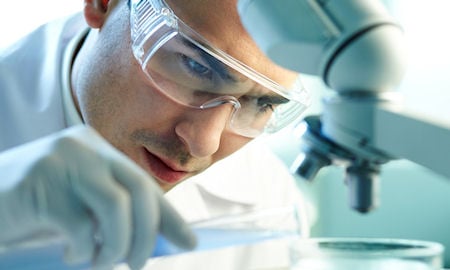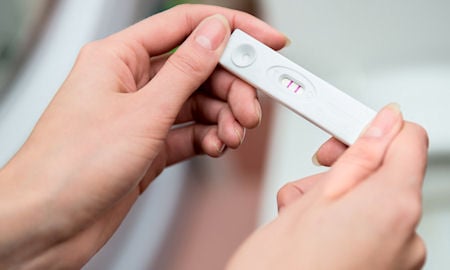
Evolution of Techniques
Transcript
In its simplest form, IVF is placing the egg and sperm together in a laboratory petri dish. Over time, additional technologies have been developed to address additional fertility issues and to make the IVF process more efficient and effective. Cryopreservation of embryos has allowed patients to freeze embryos for use in the future.
This can be for medical or elective reasons. It also allows patients to have several children over the years from one IVF egg retrieval cycle. The chance of getting pregnant with a frozen embryo is just as effective as with a fresh embryo.
Patients may choose to use eggs from a different woman to help have a child. This is called egg donation. Egg donation can be used for age-related fertility decline, poor egg quality or quantity, when the woman carries a genetic disease, or when the patient or patients do not have eggs.
Donated eggs may be fresh or frozen. Pre-implantation genetic testing, or PGT, allows patients to test embryos for several types of genetic issues. Most commonly, it is used to make sure the embryo has the correct number of chromosomes.
This is called PGT for aneuploidy or PGTA. Another type of PGT is PGTM or pre-implantation genetic testing for monogenetic or single gene disorders. This may help patients to reduce the risk of having a child with a specific heritable medical condition, avoiding a sex-linked genetic condition, or having a child that is an HLA type match for a sibling needing stem cell therapy.
Some patients use PGT for structural rearrangements, or PGTSR, to avoid pregnancy loss if the patient or the partner has a balanced translocation. Blastomere biopsy is taking a sample of cells from the embryo around the cleavage or blastomere stage, typically around day three after fertilization. These cells can then be used for PGT.
ICSI is a procedure in which the sperm is placed directly into the egg. It is used for low number or quality of sperm, frozen eggs, prior issues with fertilization, and for some genetic testing of embryos. Assisted hatching is when the perspective shell around the embryo, the zona pellucida, is opened chemically or mechanically to assist with implantation.
Egg freezing is an important technology that has allowed people to preserve their fertility for many reasons, including age, cancer, and medical issues that may affect future fertility. These patients undergo ovarian stimulation and egg retrieval, but the eggs are frozen and then fertilized in the future. Donor egg banks with frozen eggs have also developed as an option for patients utilizing donor eggs.
Vitrification is a process of freezing embryos and eggs. It allows them to be frozen and thawed very quickly. Compared to prior methods of freezing, it has allowed better pregnancy rates.
Trophectoderm biopsy is taking a sample of cells from the embryo at the blastocyst stage of development, typically around day five, six, or seven after fertilization. These cells can then be used for PGT.

